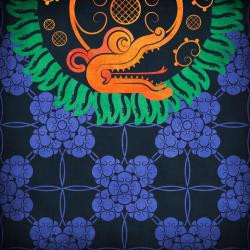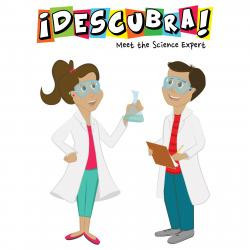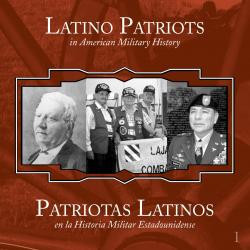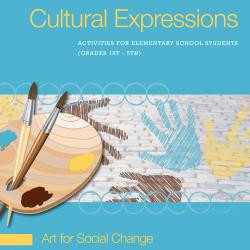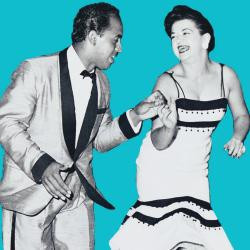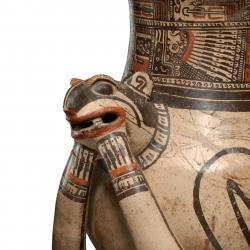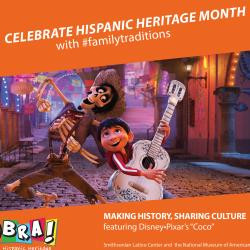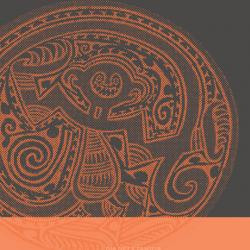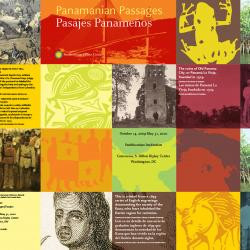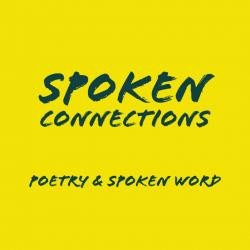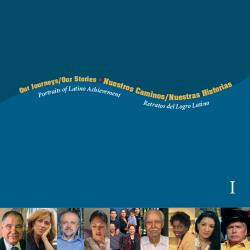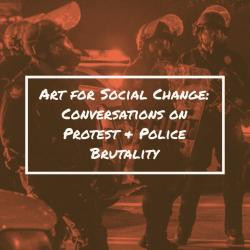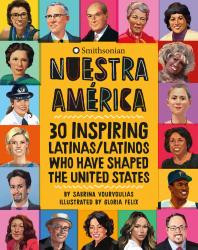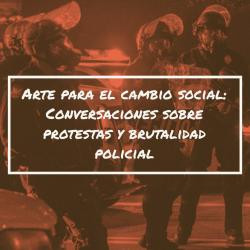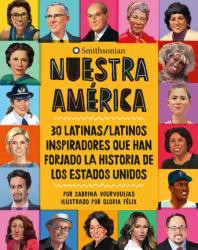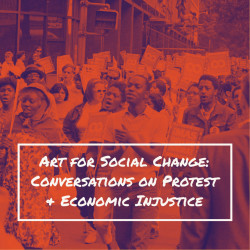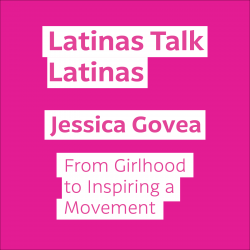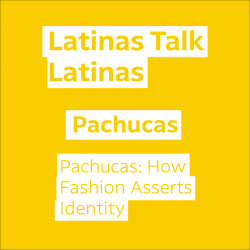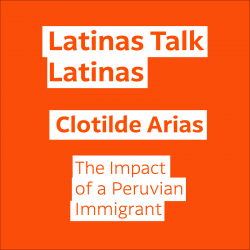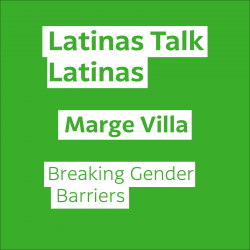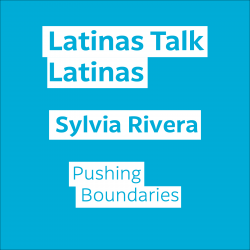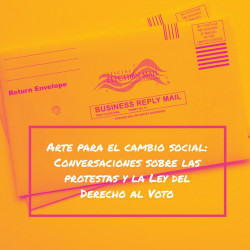<p style="text-align: center;">“El voto es el agente de cambio no violento más poderoso que tenemos en una sociedad democrática. Debemos usarlo porque no está garantizado. Hasta podríamos perderlo”. </p>
<p style="text-align: center;">– Rep. John Lewis, 2020</p>
<p>La historia del derecho al voto en los Estados Unidos es compleja. Hasta 1870, solo los hombres blancos y dueños de propiedades podían votar. En sus primeros 100 años, la democracia estadounidense era muy distinta a la de hoy. Se fundamentaba en privilegios económicos, raciales y de género, reforzados por la institución de la esclavitud basada en la raza. Los afroamericanos no han dejado de luchar por sus plenos derechos como ciudadanos, que incluyen el derecho al voto. En la 15.a enmienda de la Constitución se afirma que los estados no pueden negar el derecho al voto "por motivos de raza, color o condición previa de servidumbre". Esta enmienda fue ratificada en 1870. Sin embargo, muchos gobiernos estatales aprobaron leyes para impedir que los afroamericanos votaran; para ello, usaron diversas tácticas como los impuestos al voto y las pruebas de que una persona sabía leer y escribir. Estas medidas buscaban eludir lo estipulado en la 15.a
enmienda que prohibía la aplicación de leyes electorales basadas en la raza. Otras estrategias eran el fraude y la intimidación.</p>
<p>Estas mismas tácticas privaron de derechos a las comunidades latinas en diferentes regiones del país. Varias organizaciones pioneras, como la Liga de Ciudadanos Latinoamericanos Unidos (LULAC, por su sigla en inglés), fundada en 1929, lucharon por los derechos civiles de los mexicanos americanos, incluido el derecho al voto. Aun antes del comienzo del siglo XX, los puertorriqueños residentes en el continente han luchado por tener representación en el Congreso. En Nueva York, en 1899, tuvo lugar el primer juicio relativo al voto de los puertorriqueños. En la década de 1960, algunas organizaciones, como la Legión de Votantes y la Asociación Nacional de Derechos Civiles Puertorriqueños, lucharon contra la discriminación electoral.</p>
<p>Los afroamericanos, los latinos/as/xs, los indios americanos, los asiáticos americanos y los miembros de otras comunidades han organizado protestas para crear conciencia acerca de la supresión del voto. Una protesta es una manera de que las personas expresen sus creencias acerca de una persona, lugar, cosa o idea. Las personas pueden manifestar esas creencias por medio de una declaración o una acción. Las marchas públicas y los mítines son ejemplos de protestas. Escribir cartas, cantar, negarse a comer o usar la violencia son otros tipos de protesta. Mediante las protestas y la promoción de su causa, las mujeres y las comunidades de color han podido lograr su derecho al voto. El voto permite elegir a funcionarios que representen a las comunidades a las que sirven.</p>
<p>Ahora, analicemos juntos la Ley del Derecho al Voto y algunas de sus enmiendas subsiguientes. Además, veremos el juicio presentado ante la Corte Suprema de los Estados Unidos, cuyas partes litigantes eran el Condado Shelby de Alabama y Holder. Veremos de qué manera esta ley y las decisiones de los tribunales afectan directamente a las comunidades de color y su derecho al voto. Le daremos una mirada breve a cómo contribuye nuestro voto a la elección de funcionarios a distintos niveles, incluso del presidente.</p>
<p>En este laboratorio de aprendizaje se presentan obras de arte, videos, fotografías y signos de protesta. Tiene también rutinas de pensamiento del <em>Project Zero</em>
de la Escuela de Posgrado en Educación de Harvard. Estas nos ayudarán a conversar en torno a las imágenes o pancartas de protesta que se encuentran en la colección. Las hojas de actividades del Centro Latino Smithsonian <em>Expresiones culturales: arte para el cambio social</em> se encuentran al final de esta colección. Están adaptadas para alumnos de la escuela primaria, intermedia y secundaria. El personal de atención al público o los maestros pueden usar las preguntas de las actividades para crear afiches de protesta y obras de arte a favor del cambio social. </p>
<p></p>

Smithsonian Latino Museum
110
 Smithsonian Latino Museum
Smithsonian Latino Museum
 Smithsonian Latino Museum
Smithsonian Latino Museum
 Smithsonian Latino Museum
Smithsonian Latino Museum
 Smithsonian Latino Museum
Smithsonian Latino Museum
 Smithsonian Latino Museum
Smithsonian Latino Museum
 Smithsonian Latino Museum
Smithsonian Latino Museum
 Smithsonian Latino Museum
Smithsonian Latino Museum
 Smithsonian Latino Museum
Smithsonian Latino Museum
 Smithsonian Latino Museum
Smithsonian Latino Museum
 Smithsonian Latino Museum
Smithsonian Latino Museum
 Smithsonian Latino Museum
Smithsonian Latino Museum
 Smithsonian Latino Museum
Smithsonian Latino Museum

